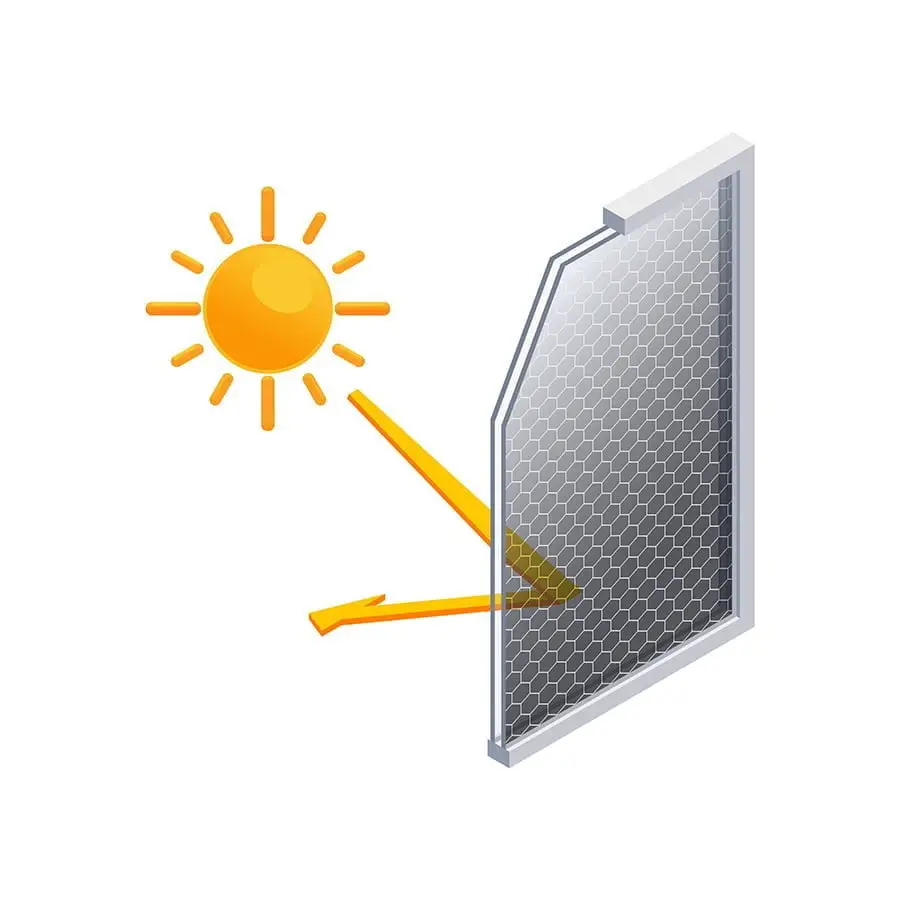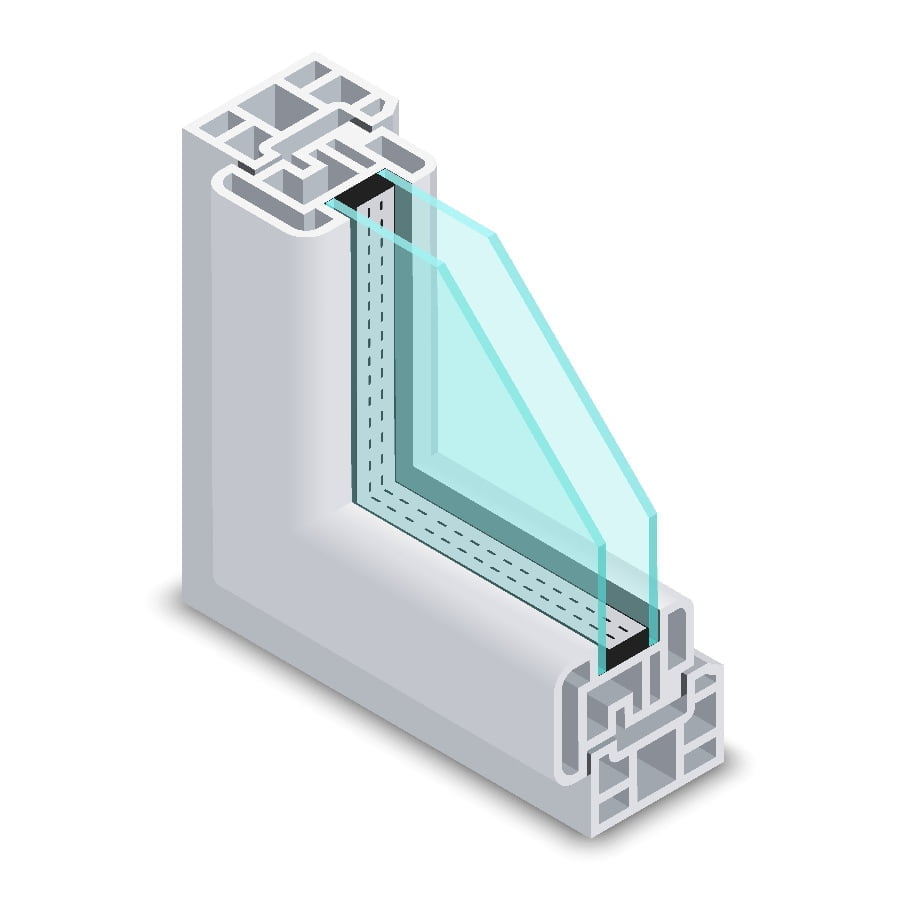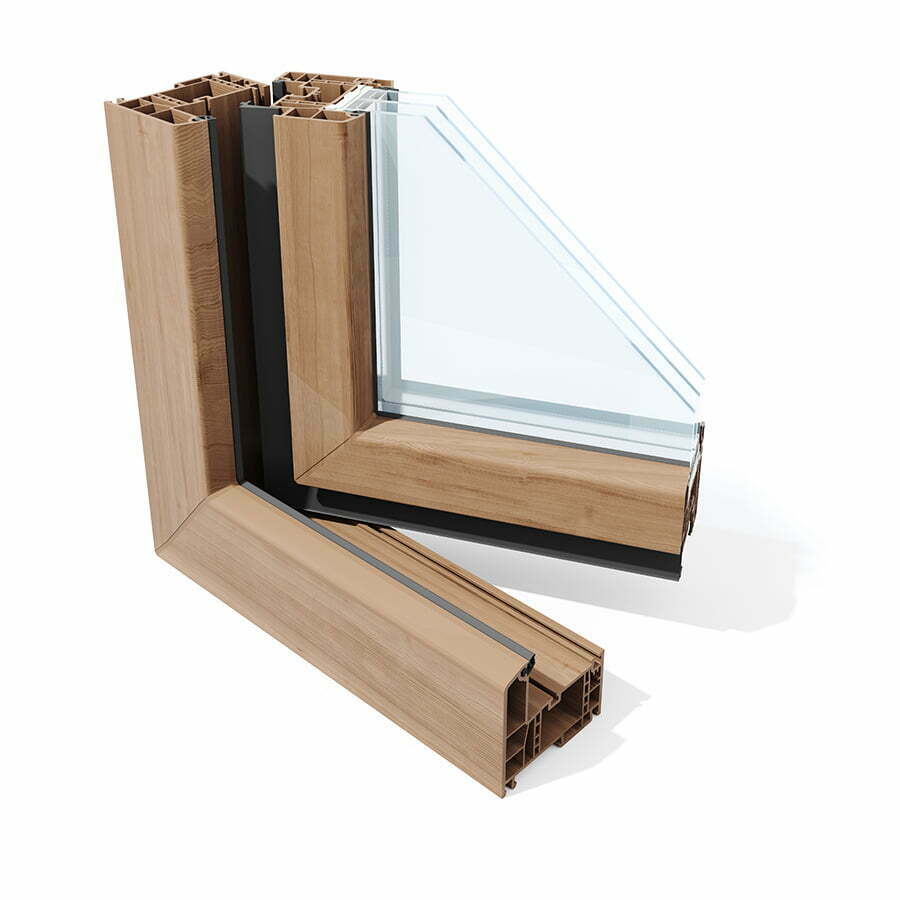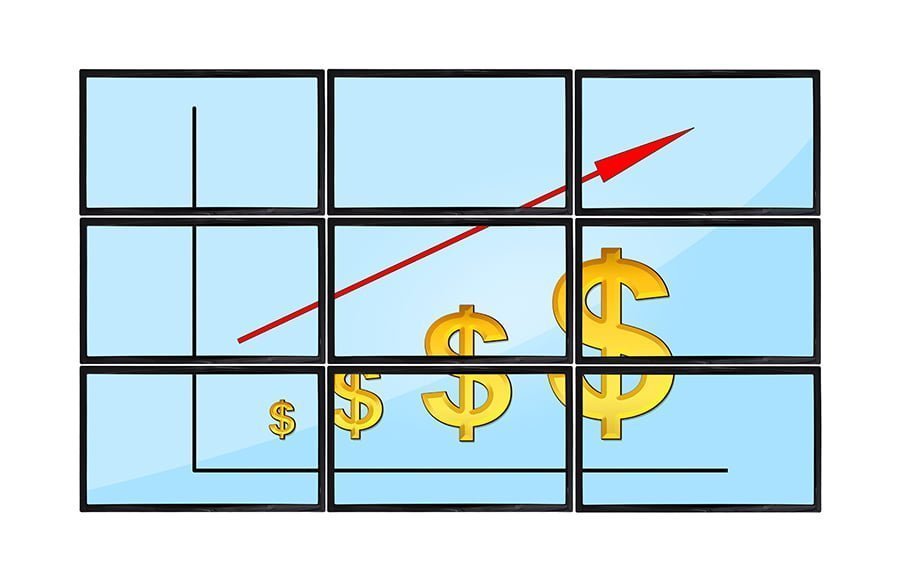Discover how energy-efficient windows can help improve indoor air quality by providing proper ventilation.
As a child, I loved opening my bedroom window and letting the fresh air fill my lungs. It was a small pleasure that brought me so much joy.
However, as I grew older and became more aware of the world, I realized that not all windows were created equal. Some let in too much cold air during winter, while others didn’t provide enough ventilation during summer.
That’s when I started researching and learning about energy-efficient windows.
Now, as a blogger who writes about house windows, I want to share my knowledge with you. In this blog post, we’ll be diving into the importance of proper ventilation in your home and how energy-efficient windows can help you achieve it while also saving you money on your energy bills.
So sit back, relax, and get ready for a breath of fresh air!
Ventilation Basics

Proper ventilation is essential for maintaining a healthy and comfortable living environment. It helps remove excess moisture, pollutants, and odors from your home while bringing in fresh air.
You may experience issues such as mold growth or poor indoor air quality without proper ventilation.
Traditional windows often have gaps or leaks that allow drafts to enter the house, leading to increased energy consumption and discomfort for those inside.
Energy-efficient windows are designed with advanced technology that prevents drafts by sealing any gaps between the window frame and wall. This improves insulation and reduces noise pollution from outside sources like traffic or construction sites.
In addition to their insulating properties, some energy-efficient windows come equipped with features like adjustable vents or trickle vents, which allow you to control the amount of airflow entering your home without compromising security.
Investing in high-quality, energy-efficient windows allows you to enjoy improved indoor air quality while reducing your carbon footprint and saving money on heating/cooling costs over time – it’s truly a breath of fresh air!
Energy-Efficient Windows

These windows are designed to keep your home insulated from the outside elements, which means that you’ll be able to maintain a comfortable temperature inside without relying on your heating or cooling system as much.
But what exactly makes a window “energy-efficient”? It all comes down to the materials used and the design of the window itself.
Energy-efficient windows typically have multiple panes of glass with an insulating gas between them, low-emissivity coatings that reflect heat into your home during winter months while keeping it out during summer, and frames made from materials like vinyl or fiberglass that don’t conduct heat as easily as traditional wood frames.
By investing in energy-efficient windows for your home, you’ll enjoy better ventilation and save money on your monthly energy bills. Plus, you’ll do something good for our planet by reducing carbon emissions associated with excessive heating or cooling needs.
So if you’re looking for ways to improve indoor air quality while saving money on utility costs – consider upgrading those old drafty single-pane windows!
Indoor Air Quality

As we spend more time indoors, we must ensure that the air we breathe is of good quality. Poor indoor air quality can lead to health problems such as allergies, asthma, and respiratory infections.
That’s why proper ventilation is crucial in maintaining a healthy living environment.
You’d be surprised to learn how efficient windows could impact indoor air quality. These windows are designed with advanced technology that helps regulate airflow while keeping out pollutants and allergens from outside.
For example, double-paned windows have two layers of glass separated by an insulating gas layer that acts as a barrier against outdoor elements like dust and pollen. Some energy-efficient window models come equipped with filters or screens that trap harmful particles before they enter your home.
By investing in energy-efficient windows for your home or office space, you’re saving money on your utility bills and improving the overall health and well-being of those who occupy the space. It’s truly a breath of fresh air!
Natural Ventilation

Natural ventilation refers to using outdoor air movement to regulate indoor temperature and air quality.
This is where energy-efficient windows come into play. These types of windows are designed with features such as double-paned glass, low-E coatings, and insulated frames that help regulate indoor temperatures while allowing for proper airflow.
By choosing energy-efficient windows over traditional ones, you can enjoy the benefits of natural ventilation without sacrificing comfort or increasing your energy bills unnecessarily. So if you’re looking for fresh air in your home (literally!), consider upgrading your old windows today!
Mechanical Ventilation
While opening windows is a great way to get fresh air into your home, it’s not always practical or even possible. For example, if you live in an area with high levels of pollution or noise, keeping your windows open may do more harm than good.
That’s where mechanical ventilation comes in. Mechanical ventilation systems use fans and ducts to circulate air throughout your home. They can be especially useful for homes that are tightly sealed for energy efficiency purposes but lack proper airflow.
But here’s the thing: while mechanical ventilation can help improve indoor air quality and reduce moisture buildup, it also uses energy – which means higher utility bills. That’s why investing in energy-efficient windows is crucial.
Energy-efficient windows are designed to minimize heat loss during winter and prevent heat gain during summer – all while allowing natural light and fresh air into your home when you need them most. By combining mechanical ventilation with these types of windows, you’ll have a well-ventilated space that doesn’t compromise on comfort or cost-effectiveness.
So whether you’re looking to upgrade existing window units or install new ones altogether, make sure they’re ENERGY STAR certified for maximum efficiency gains!
Window Technologies

When it comes to energy-efficient windows, there are several technologies that can help improve ventilation while also reducing your energy bills. One of the most popular options is double-paned windows, which consist of two panes of glass with a layer of gas in between them.
This design helps reduce heat transfer and noise pollution while also providing better insulation.
Another technology that’s gaining popularity is low-emissivity (Low-E) coatings. These coatings are applied to the glass surface and help reflect infrared light, keeping your home cooler during summer and warmer during winter.
With proper ventilation through energy-efficient windows, we can breathe easier knowing we’re saving money and contributing to a healthier environment for ourselves and future generations.
Insulation and Glazing

When it comes to energy-efficient windows, insulation and glazing are two crucial factors that can make a significant difference in your home’s ventilation. Insulation helps keep the warm air inside during winter and prevents hot air from entering during summer.
On the other hand, glazing refers to the number of layers of glass used in a window and how they’re arranged.
Double or triple-glazed windows were more effective at reducing heat loss than single-pane ones. The space between each layer acts as an insulator while also reducing noise pollution from outside.
But it’s not just about having multiple layers of glass; low-emissivity coatings (also known as Low-E) can further improve insulation by reflecting heat back into your home instead of letting it escape through the window panes.
Investing in proper insulation and glazing for your windows may seem like an expensive upfront cost but think about all those savings you’ll be making on your energy bills over time! Plus, you’ll get to enjoy fresh air without worrying about losing precious warmth or coolness inside – now that’s what I call a breath of fresh air!
Cost-Benefit Analysis

As I mentioned earlier, energy-efficient windows can help you save money on your energy bills. But how much exactly? It’s important to conduct a cost-benefit analysis before making any major home improvement decisions.
When considering replacing my old windows with energy-efficient ones, I did some research and found that the initial cost of installation would be higher than traditional ones. However, over time, the savings on my monthly utility bills would more than makeup for it.
In fact, according to Energy Star (a government-backed program that promotes energy efficiency), homeowners can save an average of $101–$583 per year when they replace single-pane windows with Energy Star certified ones. That’s a significant amount of money in the long run!
You will save money on your utility bills and contribute towards reducing carbon emissions by using less electricity or gas for heating and cooling purposes.
Investing in ventilation and energy-efficient windows is not just about saving costs; it’s about creating a comfortable living environment while being mindful of our impact on the planet. So why not take advantage of this opportunity to breathe fresh air into your home while also doing good for yourself and others?
Related Stories
- Energy-efficient Windows and Indoor Air Quality: Breathe Easier in Your Home
- Condensation and Energy-efficient Windows: Addressing Moisture Concerns
- Measuring the ROI of Energy-efficient Windows: The Long-term Benefits
- Reducing Heating and Cooling Costs with Energy-efficient Windows: A Smart Investment
- Green Building and Energy-efficient Windows: A Perfect Partnership
Recap
